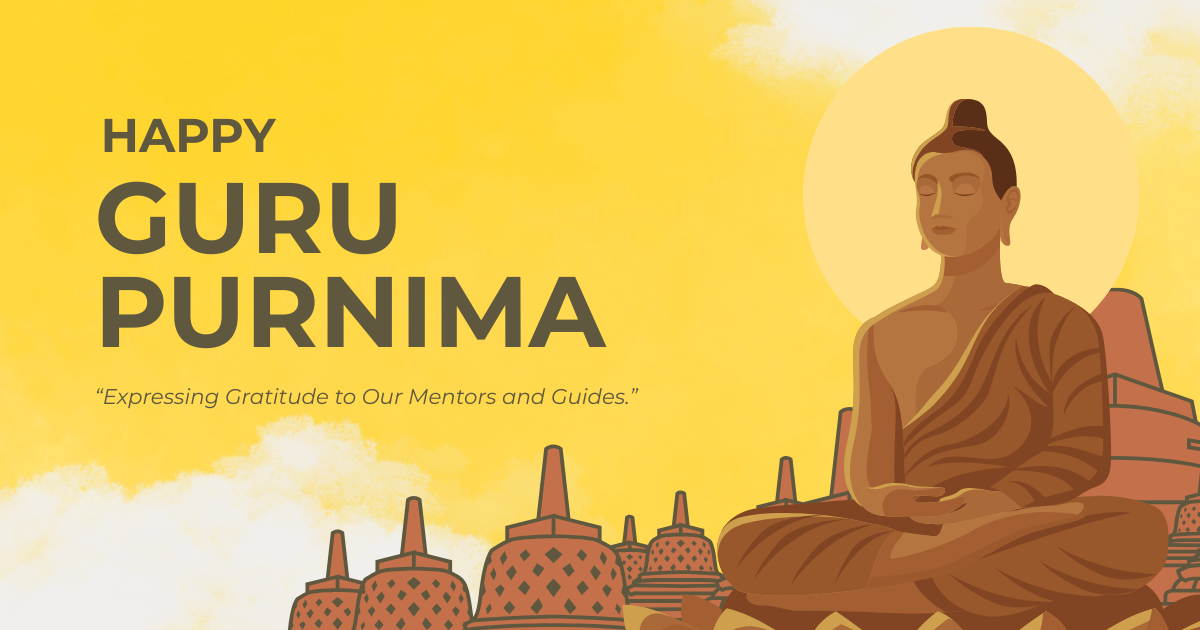Kathmandu, July 10, 2025 — Guru Purnima, a sacred festival honoring teachers and spiritual mentors, was celebrated across Nepal on Thursday with devotion and cultural vibrancy. Observed on the full moon of Ashadh, it unites people in gratitude for knowledge and guidance.
Rituals and Offerings in Temples and Monasteries
In Kathmandu Valley, major Hindu temples witnessed a steady flow of devotees from early morning. People offered flowers, fruits, incense, and tika to spiritual gurus, both living and remembered. Religious groups and ashrams organized special pujas and chanted sacred mantras, invoking blessings and thanking the lineage of teachers who passed down sacred knowledge.
In Buddhist monasteries, particularly in places like Boudhanath and Swayambhunath, monks and lay followers came together in harmony. Devotees offered gifts to the monastic community, while teachers highlighted the guru’s role as a guide to liberation and mindfulness. Guru Purnima also marks the day Buddha gave his first sermon at Sarnath.
Guru Purnima celebrations in Schools and Academic Institutions
Schools and colleges across Nepal also took part in the observance with cultural programs, speeches, and acts of respect toward teachers. Students dressed in traditional attire presented songs, dances, and poems expressing gratitude to their gurus. Students honored teachers with flower garlands, khadas (ceremonial scarves), and heartfelt gestures.
At Tribhuvan University, several faculties held panel discussions on the historical and philosophical significance of Guru Purnima. In addition to cultural performances, educational institutions emphasized the ethical responsibilities of both teachers and students in building a more informed and compassionate society.
Messages from Leaders and Public Figures
President Ram Chandra Paudel and Prime Minister Pushpa Kamal Dahal (Prachanda) greeted the nation on Guru Purnima, emphasizing the need to preserve the guru-shishya tradition and respect educators in modern society.
Several spiritual leaders, including Swami Anand Arun of Osho Tapoban and other prominent figures, addressed followers via live broadcasts and social media, delivering messages on the inner guru — the divine wisdom within every individual — and the need for self-discipline and humility.
Guru Purnima digital Tributes and Global Connections
As with many modern festivals, social media played a vital role in this year’s celebration. Nepalis from the diaspora shared tributes to their gurus online using hashtags like #GuruPurnima2025, #NepalGuruPurnima, and #GratitudeToTeachers. Here’s a simple paragraph based on your sentences:
Online platforms hosted virtual satsangs for people to join from home. They also live-streamed meditation sessions to help viewers relax and focus. In addition, these platforms shared lectures on ancient texts. Some of the important texts they covered were the Bhagavad Gita and the Dhammapada.
Cultural and Spiritual Significance
Guru Purnima, also called Vyasa Purnima, marks the birth of Sage Ved Vyasa, the great teacher who composed the Mahabharata. It celebrates the passing of wisdom through generations. In Nepal, where Hinduism and Buddhism coexist, Guru Purnima brings people together in gratitude for those who guide the path of learning.


